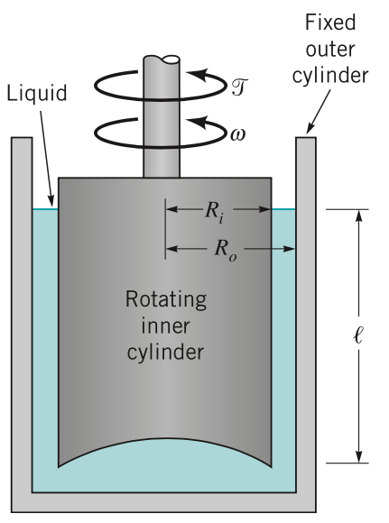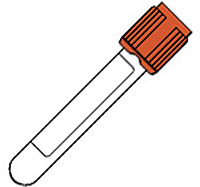Development of an Automated Couette Viscometer
Our final report as well as our design presentation are also available for you to view.
As modern medicine increasingly pushes for predictive, prospective action over retrospective response the need for diagnostic devices has become ever more prevalent. This senior design project, developed at Drexel University, looked to produce a device which could employ the theory of Couette flow to measure human blood viscosity. The idea being that blood viscosity can provide strong clinical indications about a person’s health, but producing a device that is inexpensive, fast, and accurate would prove challenging.
Couette flow involves three main components: a stationary outer cylinder, a rotational inner cylinder, and the fluid trapped between for analysis. Viscosity can be obtained by analyzing the rotational speed of the inner cylinder due to material properties of the test fluid and shear stresses imposed upon it.

In order to minimize costs and provide a device that could be easily incorporated in a hospital environment, the device (which we coined the “Haemopoise”) would act as a stand-alone system and housing capable of interfacing with existing vacutainer technologies. See the image below on what a vacutainer looks like:

I highly encourage checking out the slide deck and report in the links above this page, but I will give a brief summary of how the device works:
Blood is drawn from a patient into the vacutainer.
The vacutainer is placed in the receptacle of the Haemopoise device. The vacutainer acts as the outer rotational cylinder for Couette flow.
An OEM insert is placed inside of the vacutainer. The insert is a light, buoyant, disposable column which acts as the inner rotational cylinder for Couette flow.
On top of the insert is a reflective marker. A component of the insert contains aluminum for interaction with the Eddy current produced by rotational magnets.
The Eddy current induced rotation of the inner cylinder while a laser reads the rotational speed of the reflective surface at the top of the insert.
This rotational speed correlates with viscosity of the analyzed fluid (blood).
Check out this link for a demo on the Haemopoise in action (with a real human blood sample): Haemopoise Demo
I couldn’t very well discuss this project without giving credit to my fantastic team: Michael Sinisi, Dan Nguyen, Austin Farber, and Matt Lorenz under the tutelage and supervision of Dr. Young Cho, PhD.